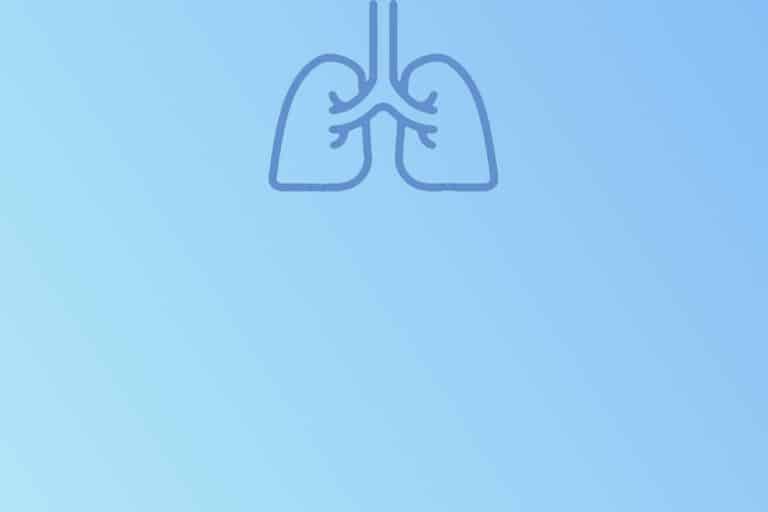Early onset sepsis
Early onset sepsis (EOS) is an infectious complication in newborns that have clinical presentation within the first 72 hours of life. Sometimes also called perinatal due to pathogenesis – vertical transmission shortly before the birth (transplacental), ascendent infection from the cervicovaginal space (chorioamnionitis, funisitis, fetal infection) or during the vaginal delivery. The pathogen can be also the cause of preterm birth with its consequences.
Risk factors
- pathologic cervicovaginal colonization (maternal antibiotics, sexually transmitted diseases)
- prematurity (immunodeficiency)
- invasive procedures (antenatal – amniocentesis)
Types of infection in perinatology and neonatology
- congenital infections (e.g. TORCH)
- early-onset sepsis (EOS) => within 72 hours after birth
- late-onset sepsis (LOS) => after 72 hours of life
Chorioamnionitis
Occurs in around 50-80% of preterm births (inversely proportional to advancing gestation). Fetal inflammatory response syndrome (FIRS) results from the hypercytokinemia that damages immature fetal organs and tissues. Coupled with the prematurity itself, it gives rise to significant neonatal morbidities – bronchopulmonary dysplasia, intraventricular hemorrhage, periventricular leukomalacia, retinopathy of prematurity, necrotizing enterocolitis.
Chorioamnionitis is characterized by clinical (vaginal discharge, maternal fever, fetal tachycardia), biochemical (maternal C-reactive protein, leucocytosis), microbiologic (amniotic fluid culture, cervicovaginal colonization, maternal blood culture, GBS screening) and histology (neutrophil infiltration of placenta, amnion and umbilical cord) features.
Pathogens causing Early onset sepsis
Streptococcus agalactiae
- Group B Streptococcus (GBS)
- GBS colonization in 30% of pregnancies (cervicovaginal GBS screening at 36 weeks of gestation)
- antenatal GBS prophylaxis can reduce the risk of EOS
- GBS sepsis, pneumonia, meningitis
Gram negative bacteria
- E. coli, Klebsiella, Enterobacter, Proteus, Pseudomonas, Acinetobacter, Citrobacter, Morganella, Serratia species
- Gram negative sepsis, meningitis
Listeria monocytogenes
- contaminated food in pregnancy => abortion, preterm birth, EOS
- adnate (early-onset) listeriosis = granulomatosis infantiseptica (granulomatous inflammation with multiple small abscesses – liver, spleen)
- Listeria sepsis, pneumonia, meningitis
Mycoplasma hominis, Ureaplasma urealyticum/parvum
- colonization of the lower genitourinary tract in pregnant women
- Mycoplasma/Ureaplasma pneumonia
Chlamydia trachomatis
- colonization of the lower genitourinary tract in pregnant women (sexually transmitted disease – STD)
- Chlamydia pneumonia, conjunctivitis
Herpes simplex virus 1,2 (HSV)
- acute genital herpes infection in a pregnant woman => C-section delivery
- typical herpetic efflorescences
- even suspected infection treated with aciclovir
- HSV sepsis, meningoencephalitis
Varicella zoster (VZV)
- Varicella exanthema 5 days before and 2 days after birth => the highest risk for EOS
- Varicella immunoglobulin
Hepatitis B,C (HBV, HCV)
- active and passive anti-HBV immunization
- if the plan is to immunize the newborn, HBsAg-positive mother can breastfeed
- no immunization against HCV
Human immunodeficiency virus (HIV)
- centralization of HIV positive pregnant women
- breastfeeding not recommended
- zidovudine antenatal prophylaxis and postnatal therapy
Candida albicans
- common vaginal colonization
- neonatal exanthema, soor, feeding intolerance
- antimycotic prophylaxis and treatment
Staphylococcus aureus
- rare EOS pathogen
- pemphigus = blisters on the skin and mucous membranes, highly contagious
- Staphylococcal omphalitis, conjunctivitis, arthritis, osteomyelitis
Diagnosis
Clinical signs
- usually non-specific
- respiratory distress syndrome (RDS)
- apneas
- cyanosis
- circulation disturbances (tachycardia, poor perfusion, pale color)
- thermal instability
- petechiae
- neurologic symptoms (seizures, irritability, apathy, hypertonia/hypotonia)
- hyperbilirubinemia
- feeding intolerance, distended abdomen, vomiting, diarrhea
Laboratory findings
- inflammatory markers (C-reactive protein – CRP; procalcitonin – PCT, interleukin 6 – IL-6)
- full blood count (leucopenia/leucocytosis, shift to the left, I/T index > 0.2, anemia/thrombocytopenia)
- metabolism (hyperglycemia)
- blood gas (acidosis)
- cultures (blood culture, urine, cerebrospinal fluid, bronchoalveolar lavage)
- colonization (ear and nose, oropharynx, conjunctiva, rectum)
- serology (antibodies)
- PCR (cytomegalovirus – CMV)
Screening
- during pregnancy (syphilis, hepatitis B – HBsAg, HIV)
- postnatally from the umbilical cord (serology tests for syphilis)
→ RPR = rapid plasma reagin = screening test for syphilis (cardiolipin [phospholipid] incorporated in the membrane of Treponema Pallidum reacts with antibodies)
→ TPHA= Treponema Pallidum hemagglutination = diagnostic test for syphilis (detects amount of anti-Treponema pallidum antibodies in the serum sample (umbilical cord) of a newborn)
Prophylaxis
- congenital/perinatal infection: syphilis, group B Streptococcus (GBS), hepatitis B, herpes simplex virus, human immunodeficiency virus (HIV)
- postnatal infection: anti-epidemic guidelines for the neonatal intensive care unit (NICU) – hand hygiene before and after manipulation with a patient and his environment (equipment)
Therapy
General
- ventilation support (oxygen, nasal continuous positive airway pressure – CPAP, mechanical ventilation)
- circulation support (volume therapy, inotropes)
- immunoglobulins
- parenteral nutrition
- thermal management
Specific
- based on the pathogen
- broad-spectrum antibiotics => antibiotic rotation based on the clinical response and individual antimicrobial sensitivity of a pathogen
- antivirotics (aciclovir, ganciclovir)
- antimycotics (fluconazole, amphotericin B)
References
① Shane AL, Sánchez PJ, Stoll BJ. Neonatal sepsis. Lancet. 2017;390(10104):1770-1780. doi:10.1016/S0140-6736(17)31002-4






